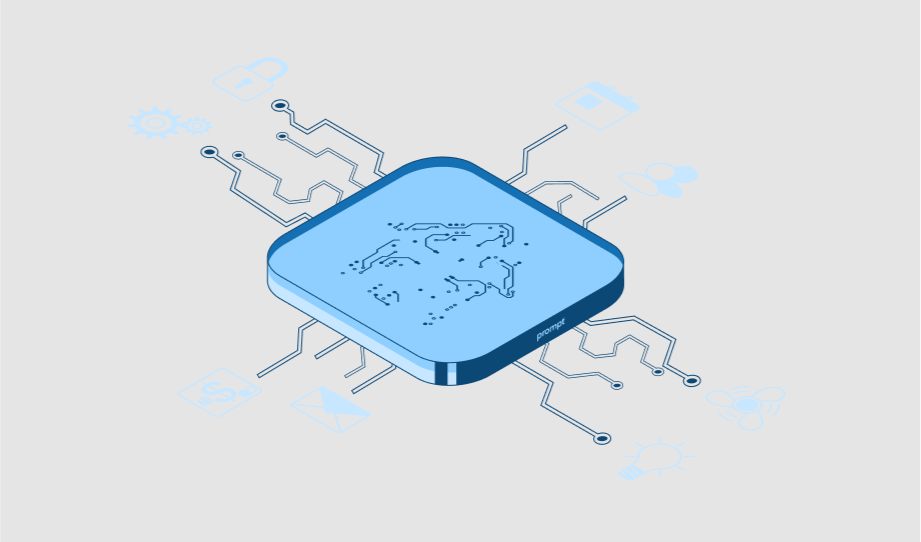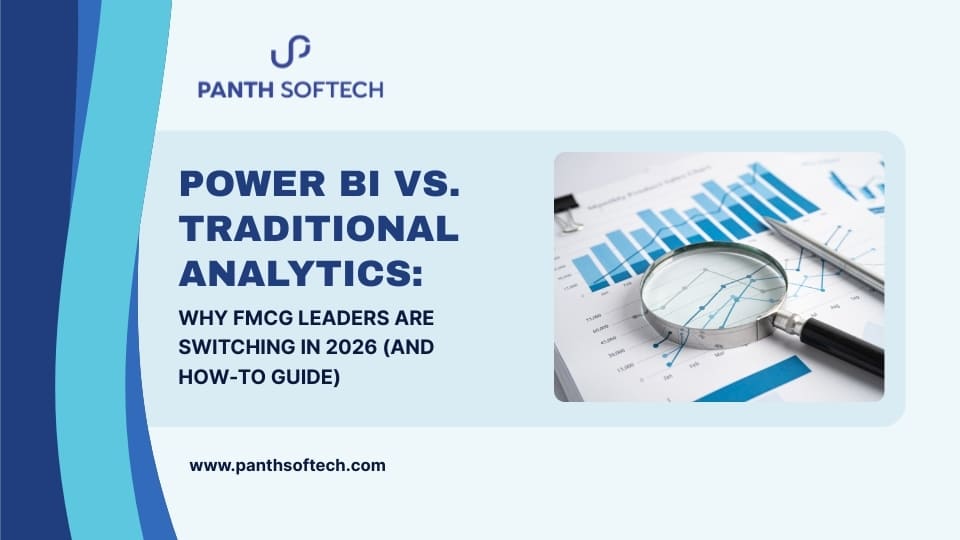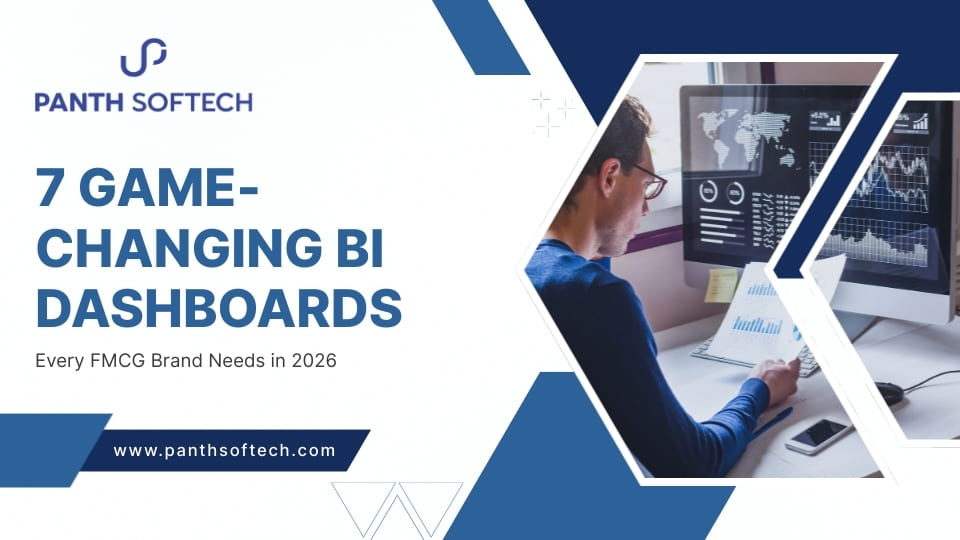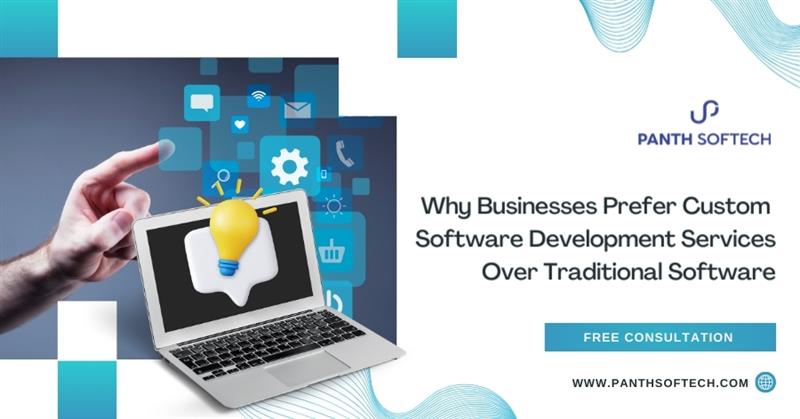We all are well aware of the changes brought by digital transformation, or we can say that digital transformation has achieved many advancements in the past few years. However, the primary question remains: Why do we need Digital transformation? The answer is that to stay competitive, businesses must adopt digitalization. It is mandatory to maintain the minimal digital standard. So, the question should be changed to What are the benefits offered by digitalization to the company?
Let’s assume that company is already leveraging the benefits offered by digitalization. But not everyone can implement or execute it seamlessly, especially considering the highly structured nature and operations in the difficult-to-reach area, increased safety requirements, and a small room for risk.
These challenges are commonplace in sectors like construction, agriculture, and mining. Luckily, the technologies backing digitalization are regularly upgrading to provide the most suitable combination of digital solutions for successful digital transformation. Let’s know how companies can start or continue digitalization using enterprise IoT solutions without the hassle.
Why go Digital?
Digital transformation has not been limited to desktop computers. The level of digitalization in a company can be estimated by the digitalization of its assets, usage, and labor. Product companies must enhance their products using digitalization, for example, by customizing thermometers or developing an agricultural product range with a digital irrigation system.
According to recent statistics, almost 70% of companies embrace and have a digital transformation strategy or perform on it. These organizations represent the following reasons why digitalization can be advantageous for them:
Top Benefits of Adopting a Digital Model (Source: IoTForAll)
It is apparent that many of these factors are interdependent or outcomes of the same digital improvements. For example, by replacing the old-traditioned button-operated interface with the sensor interface in a tabletop printer, a company could boost its final product quality, which naturally impacted operational efficiency. Therefore, having a clear goal is vital for a potent digital strategy. A more thorough approach means a more valuable outcome. This is true for production and enterprise process improvement, as digital enterprise processes can enhance performance while IoT can speed up adoption.
Business IoT Solutions & Digital Transformation:
These four core target components give a holistic look at the digital enterprise of today:
- Automation
- Efficiency
- Security
- Maintenance
IoT-embracing companies are already familiar with the benefits and vital points of the IoT ecosystem development strategy. IoT adoption is considered one of a company’s digital indicators. However, it is more reasonable to consider IoT as a tool for enterprise organizations for transformation. This approach empowers to counter any inflated expectations, for instance, executing IoT components and expecting the company’s revenue to skyrocket. It is necessary to ensure that each tool is used appropriately and strategically.
Digital Strategies:
An IoT implementation process is more intricate than various digital strategies. This is why we call it an IoT ecosystem, where all the components, from sensors to people, communicate with each other to achieve the primary business goals. Besides their extensive nature, IoT ecosystems are adaptable and permit companies to enforce them irrespective of their digital level.
Therefore, we suggest Enterprise IoT solutions for these two main digital strategies:
- Initial digitalization: By creating an IoT ecosystem, businesses become digitized. By integrating crucial equipment, assets, vehicles, or cargo into intelligence, one can get real-time status, monitor environmental conditions, people’s activities, track location, etc. By adding analytical tools to the IoT ecosystem, one can predict equipment failure, create optimal routes or detect failure due to human factors. One can even add a cybersecurity program due to the potential vulnerability of the endpoints.
- Advanced digitalization: Besides the capacity to deliver the vector for further business development, Enterprise IoT Solutions are best to estimate the other vector for the digital development of a company. For instance, if you execute a machine vision for improving QA processes at the first step, it is easy to track its efficiency and pick up complementary solutions. When all the essential assets are implanted with IoT sensors, companies can implement a digital twin and meticulously investigate data in their ecosystems. Therefore, you can get a solid analytical advantage empowering you to predict trends or simulate cases.
Enterprise IoT Challenges & Solutions
To know how to accelerate transformation, we must comprehend what slows down this process. Let’s know the major digital problems and solutions to overwhelming them.
1. Inventions Can Cause Disruptions:
Adding innovations brings a change in working models. This is true for highly structured sectors like mining, rail, and construction. Thus, they should regard digital solutions with structure in mind. The best benefit is that IoT technologies are flexible and can incrementally.
Now, we are familiar with successful cases of how some traditionally unsuccessful industries in digital have soared there in recent years. For example, in 2015, healthcare was one of the least digitized industries. But the story changed within three years, and in 2018, it became one of the top digital business strategy adopters, along with the financial and service sectors. Telemedicine, smart pharmacy, wearables, and smart hospitals have become part of the world; this shows that the healthcare sector is successfully managing the enterprise IoT adoption and will keep embracing it.
2. Lack of Safety:
If an enterprise IoT integration is technically challenging, the organization should spend more time on marketing research. The statistics are open, and enterprise IoT providers are updating their technical tools to outstretch the potential implementation area. In mining operations, which are usually held in vast and remote areas and have less connectivity, the best and most convenient solution is implementing mesh nets to ensure a reliable IoT ecosystem. As a result, one can monitor the entire area and get to know the health status of the machines.
3. Resistance:
Line workers are less resistant to innovation. Top management is typically the most resistant as they are responsible for the business. It is the only right decision to approach innovations efficiently by calculating all pros and cons.
Therefore, higher-level leaders should get precise reports on how particular Enterprise IoT solutions will impact the business processes and revenue of the company. While making an execution strategy, it is essential to calculate all the situations, risks, and ROI and intercommunicate accurate statistics. Thus, there is a high possibility that a technology important for a specific enterprise will be backed.
IoT Ecosystem for Business Goals
Taking the IoT ecosystem not as an end goal but as an effective instrument to achieve business goals using digital transformation is more beneficial. Organizations’ main objectives are improving operational efficiency, meeting customer expectations, and enhancing new product quality. By enforcing enterprise IoT solutions, it is easy to get real-time insights. Enterprise IoT solution is compatible with initial and advanced digitalization as they can analyze large volume of data.






